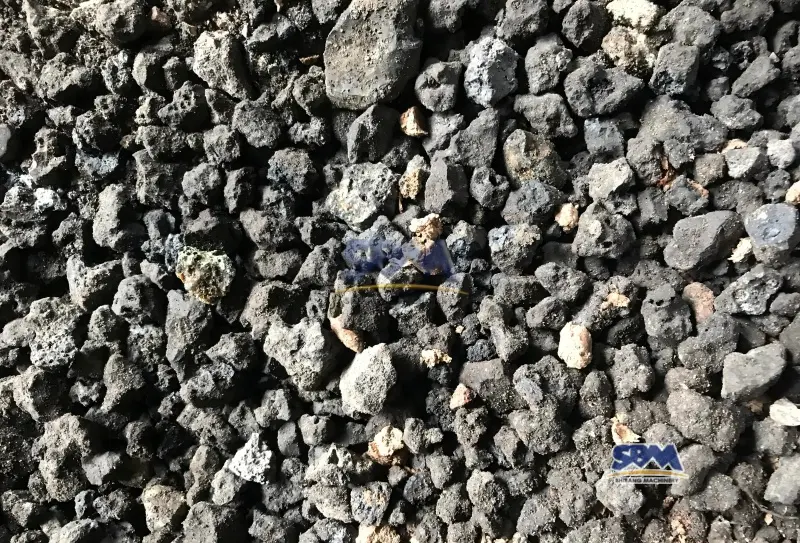Blog Information
- Posted By : smile wei
- Posted On : Aug 18, 2025
- Views : 14
- Category : General
- Description : Effectively utilizing industrial waste requires a systematic approach focused on the waste hierarchy (reduce, reuse, recycle, recover) and circular economy principles.
Overview

Effectively utilizing industrial waste requires a systematic approach focused on the waste hierarchy (reduce, reuse, recycle, recover) and circular economy principles. Here’s a structured strategy with practical examples:
1. Waste Prevention & Minimization
-
Process Optimization: Redesign manufacturing to reduce raw material use (e.g., lean manufacturing).
-
Material Substitution: Replace hazardous inputs with non-toxic alternatives (e.g., water-based solvents instead of VOCs).
2. Reuse & Repurposing
-
Direct Reuse:
-
Steel slag → Road base or construction aggregates.
-
Food processing waste (e.g., fruit peels) → Animal feed or biofuels.
-
-
Industrial Symbiosis:
-
Waste heat from power plants → Warm nearby greenhouses or district heating.
-
CO₂ from flue gas → Feed for algae cultivation (e.g., for biofuels).
-
3. Material Recycling
-
Metals: Smelt scrap metal (e.g., aluminum recycling uses 95% less energy than virgin production).
-
Plastics: Chemical recycling (pyrolysis) to break down mixed plastics into feedstock for new products.
-
Textiles: Shred denim waste into insulation material or fiberboard.
-
Fly Ash (coal plants): Cement replacement in concrete (up to 30%), reducing CO₂ emissions.
4. Energy Recovery
-
Waste-to-Energy (WtE): Non-recyclable waste incinerated to generate electricity (e.g., Sweden recovers energy from 50% of its waste).
-
Biogas Production: Anaerobic digestion of organic waste (e.g., pulp/paper sludge) for methane.
5. Advanced Technologies
-
Carbon Capture: Convert CO₂ emissions into chemicals (e.g., urea) or building materials (e.g., mineral carbonation).
-
Bioremediation: Use microbes to detoxify heavy metals in mining sludge.
-
3D Printing: Turn plastic/metal waste into filament or powder for additive manufacturing.
6. Policy & Economic Tools
-
Extended Producer Responsibility (EPR): Mandate manufacturers to manage product end-of-life (e.g., EU’s WEEE Directive for electronics).
-
Tax Incentives: Subsidies for using recycled materials (e.g., India’s tax rebates for fly ash brick producers).
-
Waste Exchange Platforms: Online marketplaces to trade industrial by-products (e.g., Taiwan’s Industrial Waste Exchange).
7. Sector-Specific Innovations
-
Construction: Rubber tire crumbs in asphalt roads or playground surfaces.
-
Electronics: Urban mining to extract gold/copper from e-waste.
-
Textiles: Recycle polyester garments into new fibers (e.g., Patagonia’s closed-loop system).
8. Barriers to Address
-
Logistics: Develop efficient collection networks for low-value waste (e.g., India’s informal sector partnerships).
-
Technology Gaps: Scale up lab innovations (e.g., enzymatic recycling of PET plastics).
-
Regulatory Clarity: Harmonize definitions of "waste" vs. "by-product" to avoid legal hurdles.
Success Stories:
-
Kwinana Industrial Area (Australia): 15+ companies share waste streams (e.g., CO₂ → sodium bicarbonate, gypsum → soil conditioner).
-
Kalundborg Symbiosis (Denmark): World’s first industrial ecosystem where waste from one plant fuels another (e.g., sludge → fertilizer, gypsum → wallboard).
Key Takeaway: Prioritize upcycling (high-value reuse) over downcycling. Collaborate across supply chains via industrial symbiosis networks. With tech advances and policy support, industrial waste can become a resource pillar of the circular economy. ????♻️
-
